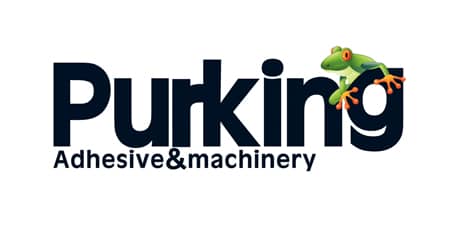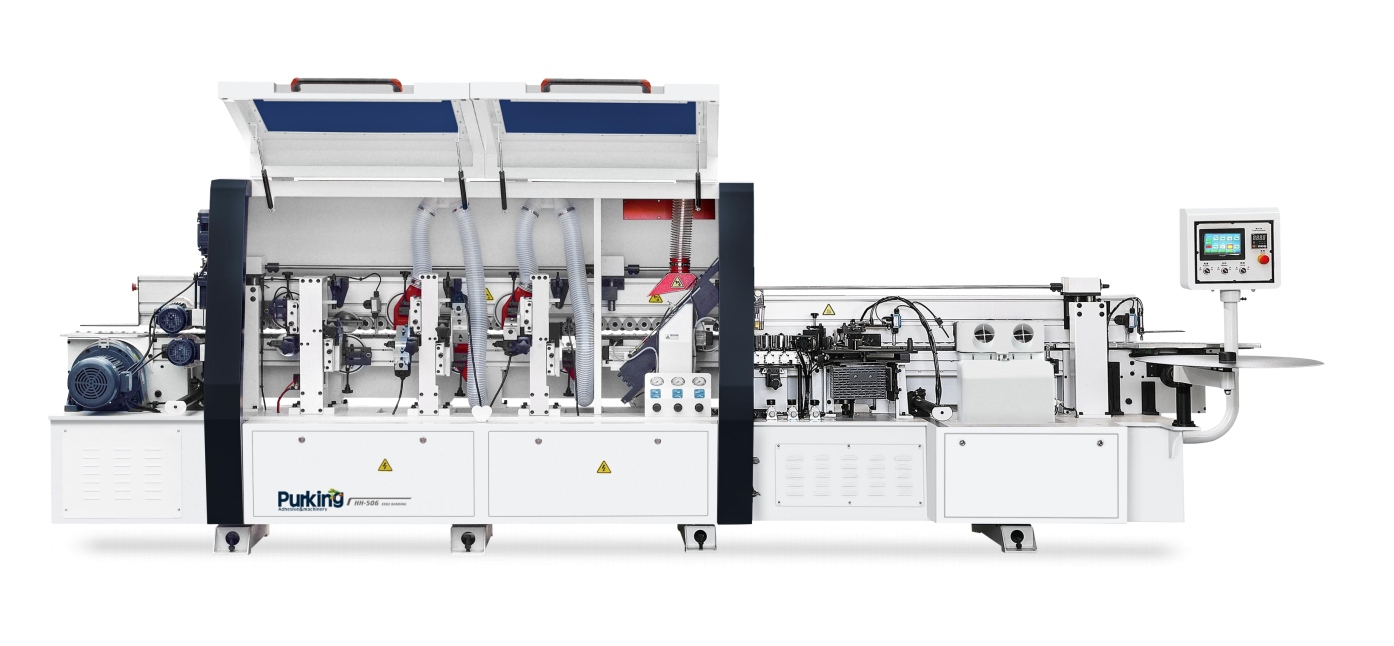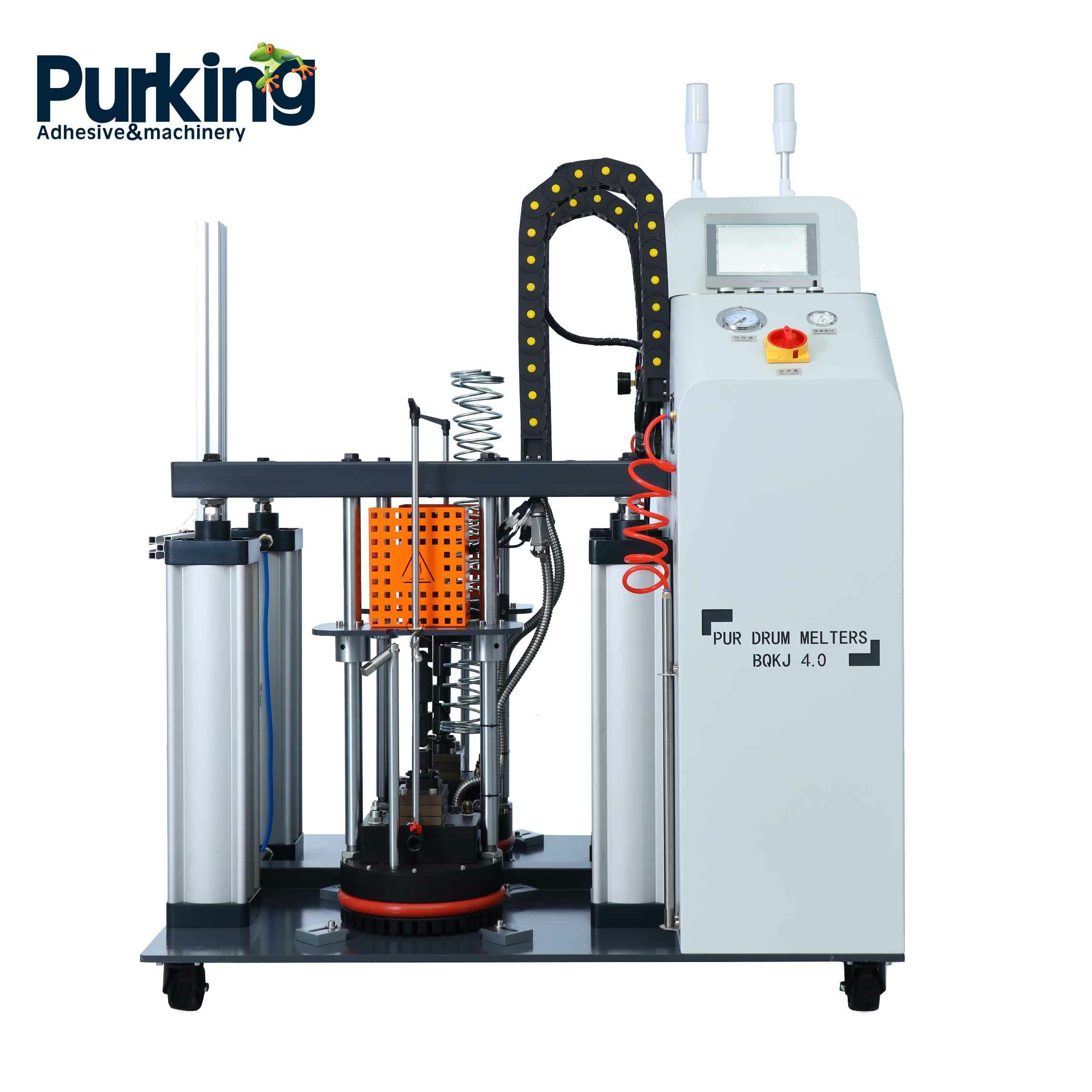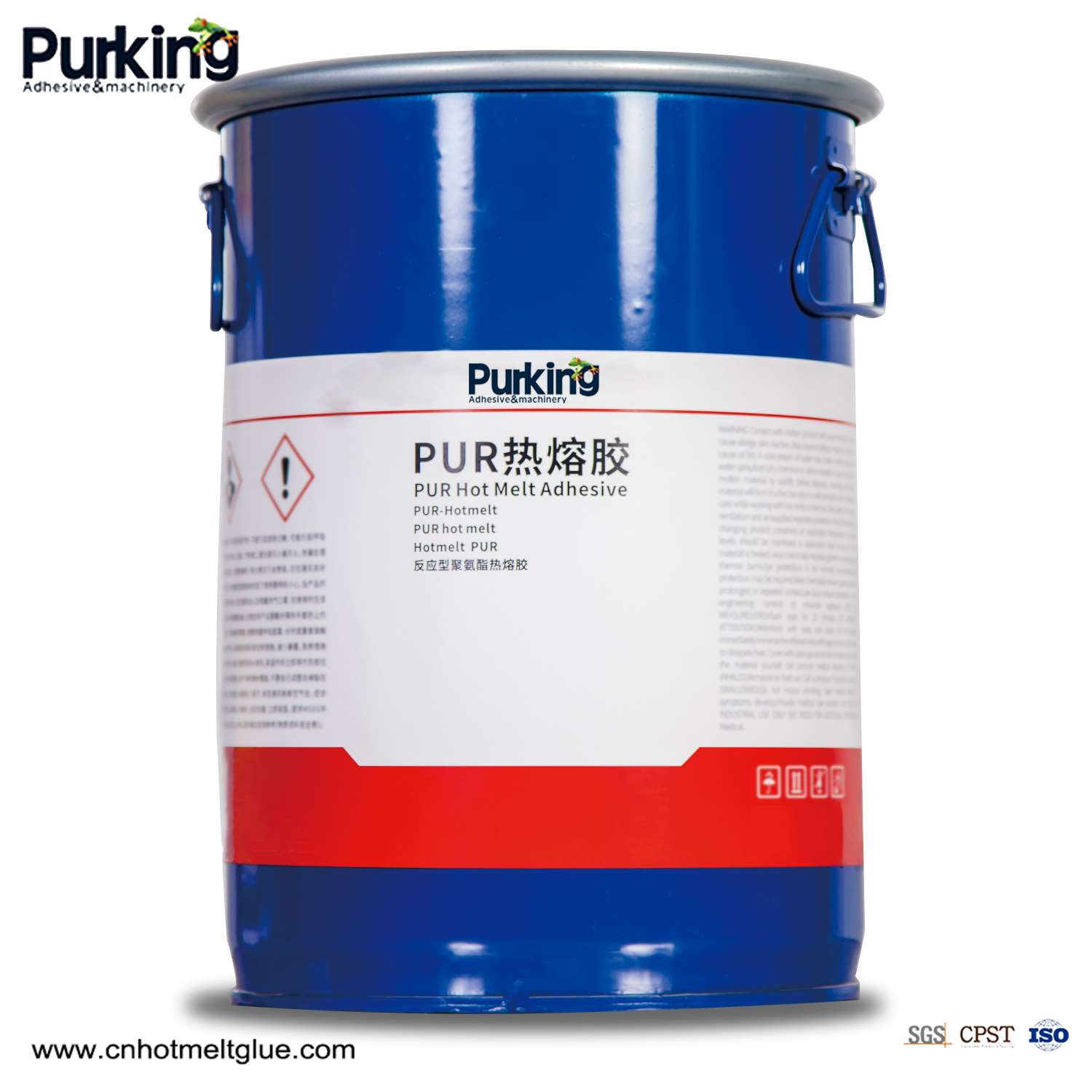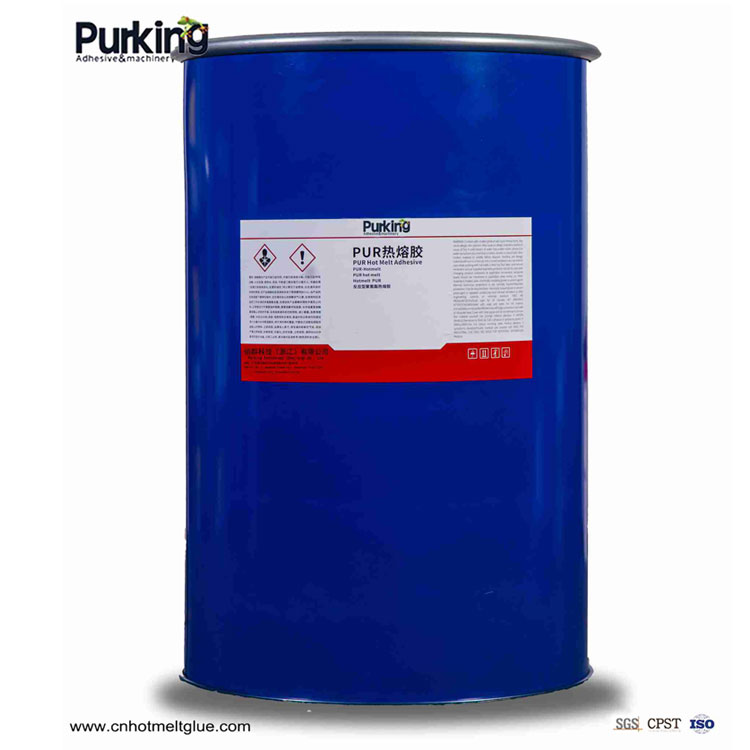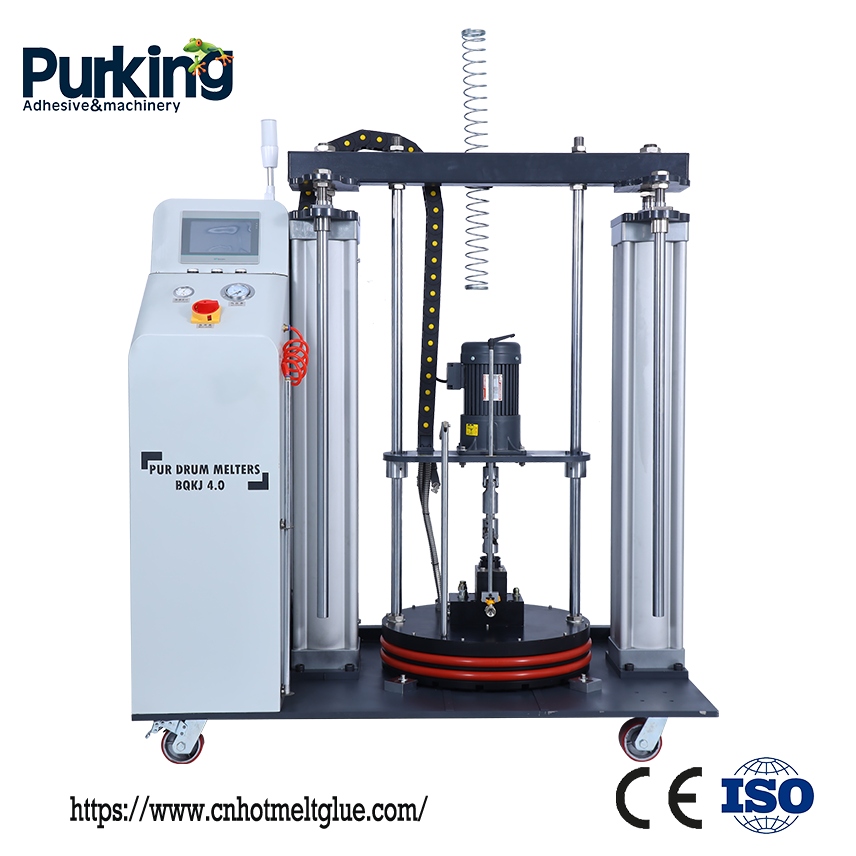Hot melt adhesive is a relatively common bonding product on the current market, which can directly bond two separated objects together to form a good effect. In order to ensure the quality of hot melt adhesives, it is necessary to add an appropriate amount of antioxidants during the production process. Antioxidant is a common compound that can prevent or inhibit the oxidation process, so it is also called "anti-aging agent". Its main function is to prevent the aging of hot melt adhesive and prolong its service life. I believe that many people have encountered it occasionally when using hot melt adhesive. When two items are connected together, the bonding effect at the beginning is very good, and they are firmly connected together. Over time, the two products that were originally stuck together began to loosen and even separate. This is because the oxidation of the hot melt adhesive polymer causes the macromolecular chain to break, cross-link, deteriorate the performance, and reduce the internal adhesion effect, which can no longer function. Therefore, adding antioxidants to hot melt adhesives is to delay or inhibit the oxidation process of hot melt adhesives, so that the effect of hot melt adhesives can be greatly exerted and the time of aging phenomenon can be prolonged.
An ideal antioxidant should have the following conditions:
1. Has high antioxidant capacity;
2. Good compatibility with resin, no precipitation;
3. Good processing performance, non-volatile and insoluble at the processing temperature of the polymer;
4. Good resistance to extraction, insoluble in water and oil;
5. The color itself is colorless or light, and does not pollute the product;
6. Non-toxic and harmless;
In fact, none of the antioxidants can fully meet these conditions. Therefore, in actual use, the advantages of various additives are often used in combination to produce synergistic effects according to the type, application and processing method of the Hot melt adhesive.
 English
English  Esperanto
Esperanto  Afrikaans
Afrikaans  Català
Català  שפה עברית
שפה עברית  Cymraeg
Cymraeg  Galego
Galego  Latviešu
Latviešu  icelandic
icelandic  ייִדיש
ייִדיש  беларускі
беларускі  Hrvatski
Hrvatski  Kreyòl ayisyen
Kreyòl ayisyen  Shqiptar
Shqiptar  Malti
Malti  lugha ya Kiswahili
lugha ya Kiswahili  አማርኛ
አማርኛ  Bosanski
Bosanski  Frysk
Frysk  ភាសាខ្មែរ
ភាសាខ្មែរ  ქართული
ქართული  ગુજરાતી
ગુજરાતી  Hausa
Hausa  Кыргыз тили
Кыргыз тили  ಕನ್ನಡ
ಕನ್ನಡ  Corsa
Corsa  Kurdî
Kurdî  മലയാളം
മലയാളം  Maori
Maori  Монгол хэл
Монгол хэл  Hmong
Hmong  IsiXhosa
IsiXhosa  Zulu
Zulu  Punjabi
Punjabi  پښتو
پښتو  Chichewa
Chichewa  Samoa
Samoa  Sesotho
Sesotho  සිංහල
සිංහල  Gàidhlig
Gàidhlig  Cebuano
Cebuano  Somali
Somali  Тоҷикӣ
Тоҷикӣ  O'zbek
O'zbek  Hawaiian
Hawaiian  سنڌي
سنڌي  Shinra
Shinra  Հայերեն
Հայերեն  Igbo
Igbo  Lëtzebuergesch
Lëtzebuergesch  Malagasy
Malagasy  Sundanese
Sundanese  Yoruba
Yoruba  Español
Español  Português
Português  русский
русский  Français
Français  日本語
日本語  Deutsch
Deutsch  tiếng Việt
tiếng Việt  Italiano
Italiano  Nederlands
Nederlands  ภาษาไทย
ภาษาไทย  Polski
Polski  한국어
한국어  Svenska
Svenska  magyar
magyar  Malay
Malay  বাংলা ভাষার
বাংলা ভাষার  Dansk
Dansk  Suomi
Suomi  हिन्दी
हिन्दी  Pilipino
Pilipino  Türkçe
Türkçe  Gaeilge
Gaeilge  العربية
العربية  Indonesia
Indonesia  Norsk
Norsk  تمل
تمل  český
český  ελληνικά
ελληνικά  ελληνικά
ελληνικά  український
український  Javanese
Javanese  فارسی
فارسی  தமிழ்
தமிழ்  తెలుగు
తెలుగు  नेपाली
नेपाली  Burmese
Burmese  български
български  ລາວ
ລາວ  Latine
Latine  Қазақша
Қазақша  Euskal
Euskal  Az?rbaycan
Az?rbaycan  Az?rbaycan
Az?rbaycan  Slovensky jazyk
Slovensky jazyk  Македонски
Македонски  Lietuvos
Lietuvos  Eesti Keel
Eesti Keel  Română
Română  Slovenski
Slovenski  मराठी
मराठी  Srpski језик
Srpski језик 